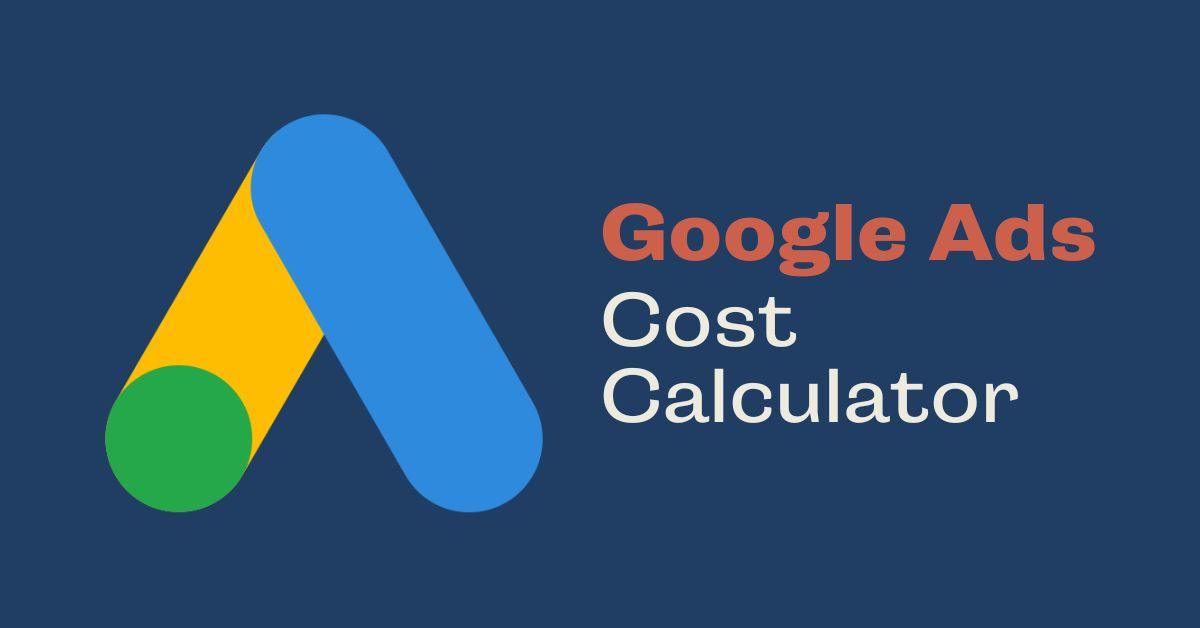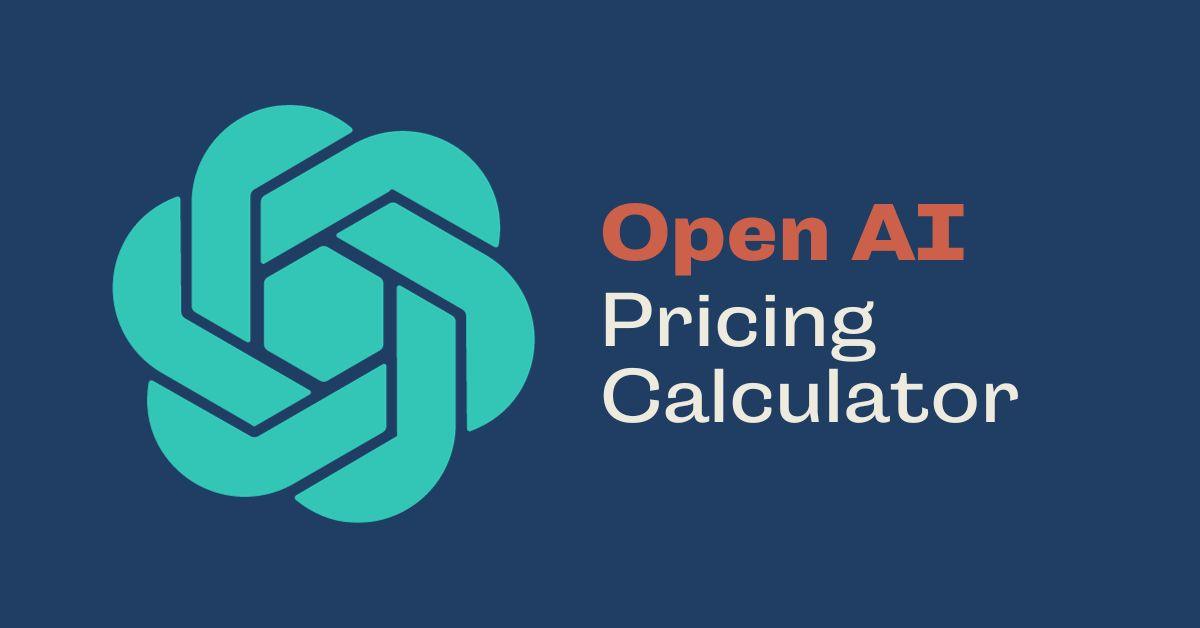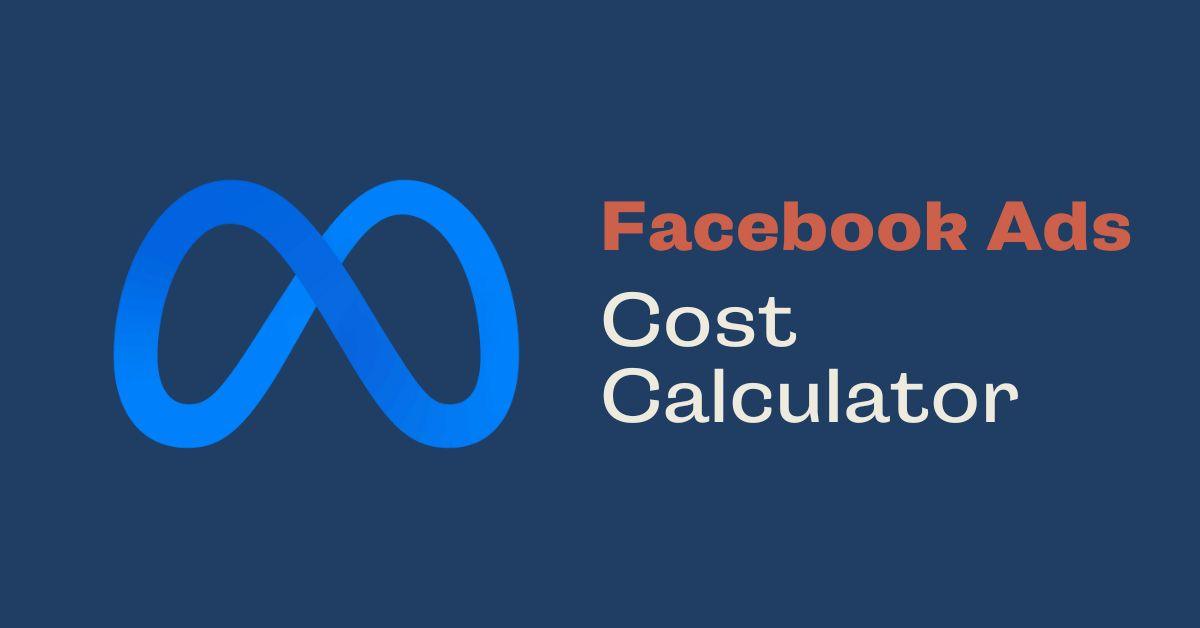Google Ads Cost Calculator is basically an online tool that will help you get a rough idea of Impressions, CPC Rate, Clicks, CTR, Conversions or Leads or Actions, etc. based on your money budget. So that you will know about how much ads cost on Google easily.
Impressions
- Definition: Impressions refer to the number of times your ad is displayed on a user's device, whether it be a phone, tablet, or computer screen. An impression is counted each time your ad appears on a screen, be it via Google AdSense or a Google Search result.
- Significance: Impressions are a basic measure of how widely your ad is being seen and are essential for understanding the reach of your campaign.
Cost Per Click (CPC)
- Definition: CPC, or Cost Per Click, is the amount you pay each time a user clicks on your ad. This rate can vary and you have the option to set a maximum bid for each click, giving you control over how much you spend per interaction.
- Significance: CPC is a key metric for budget management, helping you understand the cost-effectiveness of your ad in attracting user engagement.
Clicks
- Definition: Clicks are the count of how many times users have clicked on your ad. This could be a click leading to a website visit or another designated action linked to your ad.
- Significance: The number of clicks provides a direct measure of user interaction with your ad, indicating the level of interest it generates.
Click Through Rate (CTR)
- Definition: CTR, or Click Through Rate, is the percentage that represents how often people who see your ad end up clicking on it. It is calculated using the formula: (Clicks ÷ Impressions) × 100%.
- Significance: CTR is a crucial metric for assessing the effectiveness of your ad. A higher CTR indicates that your ad is relevant and appealing to your target audience, leading to more engagement.
Conversions/Leads
- Definition: Conversions in Google Ads represent the completion of specific actions by users after interacting with your ad. These actions can vary based on your campaign goals and include activities like making a purchase, signing up for a newsletter, downloading a resource, or acquiring a lead.
- Significance: Conversions are a critical metric for evaluating the effectiveness of your ad in driving the desired user behavior. They help in understanding how well your ad translates clicks into meaningful outcomes, whether it's generating sales, leads, or acquiring targeted clients. Tracking conversions is essential for measuring the ROI of your advertising efforts and for making informed decisions about campaign optimization.
Conversion Rate (CVR)
- Definition: Conversion Rate is the percentage of clicks that result in a conversion. A conversion can be any action you deem valuable, such as a purchase, sign-up, download, or form submission.
- Calculation: It is calculated by dividing the number of conversions by the total number of clicks and multiplying by 100.
- Significance: CVR helps you understand how effective your ads are at driving users to complete the desired action. A higher conversion rate indicates that your ad content is relevant and compelling to your audience.
Cost Per Conversion (CPCV)
- Definition: Cost Per Conversion is the average cost of acquiring a conversion from your ad.
- Calculation: This metric is calculated by dividing the total cost of your clicks by the number of conversions.
- Significance: It provides insight into the efficiency of your ad spend in generating conversions, helping you to understand how much you are paying on average for each conversion.
Quality Score
- Definition: Quality Score is Google’s rating of the quality and relevance of your keywords and PPC ads.
- Components: It is determined based on factors like CTR, the relevance of each keyword to its ad group, landing page quality, and relevance, as well as the performance of your ads in the context of the user's search.
- Significance: A higher Quality Score can lead to lower costs and better ad positioning. It’s a crucial metric for optimizing the performance and cost-effectiveness of your PPC campaigns.
Return on Ad Spend (ROAS)
- Definition: ROAS measures the revenue generated for every dollar spent on your advertising campaign.
- Calculation: It is calculated by dividing the revenue attributed to ads by the cost of those ads.
- Significance: ROAS is essential for evaluating the effectiveness of your ad spend in generating revenue. It helps in making informed decisions about budget allocation and campaign strategy.
Average Position
- Definition: This metric indicates the average position of your ad on the search engine results page (SERP).
- Significance: While Google has phased out this metric in favor of more nuanced measures like impression share, understanding where your ads typically appear on the SERP was traditionally helpful in gauging visibility and competitiveness.
Impression Share
- Definition: Impression Share is the percentage of impressions your ads received compared to the total number of impressions your ads were eligible to receive.
- Significance: It helps to understand the potential reach of your ads and to identify opportunities for increasing visibility by improving bid amounts or ad quality.
Others
-
Lost Impression Share (Budget and Rank): These metrics indicate the percentage of times your ad didn’t show due to insufficient budget or low ad rank, respectively. They are crucial for diagnosing issues related to budget constraints or ad quality and competitiveness.
-
Search Term Report / Query Analysis: This involves analyzing the actual search terms that triggered your ads. It’s critical for understanding user search behavior, refining keyword strategies, and identifying negative keywords to exclude.
-
Mobile Performance Metrics: Given the prominence of mobile searches, tracking how your ads perform on mobile devices, including mobile-specific CTR, CPC, and conversions, is important for optimizing mobile user engagement.
Google Ads Campaign Types and Average Costs
Here's an overview of each type along with their average costs, though it's important to note that these costs can vary widely based on factors like industry, competition, location, and audience targeting:
Search Campaigns
Description: These ads appear in Google Search results and are typically text-based. They are triggered by specific keywords that users type into the search engine.Average Cost: The average Cost Per Click (CPC) for search campaigns varies greatly, but it can range from $1 to $2 for most industries. In highly competitive industries, such as legal services or insurance, CPCs can be significantly higher.
Display Campaigns
Description: Display ads are shown on websites that are part of the Google Display Network. These can be image-based or rich media ads.Average Cost: Display campaigns generally have lower CPCs, often averaging between $0.50 and $1.00. However, their conversion rates might be lower than search ads.
Shopping Campaigns
Description: Ideal for e-commerce businesses, these ads feature products with images, prices, and business names. They appear in Google Search, the Shopping tab, and the Google Display Network.Average Cost: Shopping ad CPCs tend to be similar to or slightly higher than search ads, averaging around $0.60 to $1.50, depending on the product category.
Video Campaigns (YouTube Ads)
Average Cost: The average Cost Per View (CPV) can be as low as $0.01 to $0.03 for in-stream ads, but this can vary based on audience targeting and video quality.
Performance Max Campaigns
Description: Performance Max is a goal-based campaign type that allows advertisers to access all of Google Ads inventory from a single campaign. It uses Google’s machine learning to automatically optimize bids and placements across various channels like YouTube, Display Network, Search, Discover, Gmail, and Maps based on the specific conversion goals set by the advertiser.
Performance Max campaigns represent Google's latest advancement in automated ad campaign technology, offering a comprehensive approach to multi-channel advertising that is driven by machine learning for optimized performance.
App Campaigns
Description: Focused on driving app installations and engagement, these ads appear across Google’s Search Network, Play Store, YouTube, and Display Network.Average Cost: The Cost Per Install (CPI) can range from $0.50 to $3.00 or more, depending on the competitiveness of the app category.
Local Campaigns
Description: Aimed at driving foot traffic to physical locations, these ads appear across Search, Display, Google Maps, and YouTube.Average Cost: Costs can vary significantly based on the local market and competition, with CPCs typically ranging from $1 to $3.
Discovery Campaigns
Description: These campaigns appear on Google’s 'Discover' feature, YouTube home feed, and the Gmail Promotions and Social tabs, offering a broader reach.Average Cost: Discovery campaigns can have varying costs, but they generally offer competitive CPC rates, often between $0.40 and $0.80.
Smart Campaigns
Description: Designed for small businesses, these are automated campaigns where Google sets up and manages ad placements.Average Cost: Smart campaigns have varying costs but are designed to fit the budget constraints of smaller businesses.
The costs mentioned are averages and can fluctuate based on multiple factors. It’s always a good practice to monitor your specific campaign performance and adjust bids, budgets, and strategies accordingly to optimize for your specific goals and market conditions.
More Tools
- Facebook Ad Cost Calculator
- Instagram Ad Cost Calculator
- TikTok Ad Cost Calculator
- YouTube Ad Cost Calculator
- LinkedIn Ad Cost Calculator
- Twitter Ad Cost Calculator
- Pinterest Ads Cost Calculator
- Magazine Ad Cost Calculator
- Radio Ad Cost Calculator
Google Ads Cost Calculator Features
The latest Google AdWords keyword cost calculator provides a lot of features for its users so that they can enjoy it while using this tool. Considering your convenience, I have already mentioned some features below so that you can get a solid idea about this online tool.
However, let's now know what features are available to enjoy.
- No registration or login is required to use this tool
- Easily understand how much does Google Ads cost
- Get a rough idea of Google Ads price per month
- Get the correct and real-time data or information
- 100% safe to use on a mobile, tablet, or computer
Other features will be added to this Google Ad Budget Calculator in the future.
Certainly! Here's the paragraph with an added H2 title:
Enhancing Campaign Accuracy with Google Keyword Planner
In addition to the Google Ads Cost Calculator, leveraging Google Keyword Planner is an essential step for advertisers aiming to enhance the accuracy of their campaign metrics. Google Keyword Planner is a powerful tool within the Google Ads interface that assists in researching and selecting keywords based on detailed data. It provides valuable insights such as search volume, competition level, and estimated cost-per-click (CPC) for each keyword.
By using this tool, advertisers can make data-driven decisions on which keywords to target, aligning their strategy with actual search trends and user behavior. The tool's ability to forecast performance, including estimated clicks and impressions for your chosen keywords, allows for a more precise and effective allocation of your advertising budget.
Integrating the insights from Google Keyword Planner with the Google Ads Cost Calculator can significantly improve the accuracy of your campaign estimates, leading to more optimized spending and better overall campaign performance.
How Much Does Google Charge For Ads
As a digital marketer, search engine marketer, or random person, perhaps, you are curious to know about how to find out cost of Google AdWords, how much should spend to get targeted sales, Google Ads cost per click, CTR, actions, and other metrics.
So, let's do a little calculation.
Let's say, the average Google Ads CPC is $0.30.
In this case, you've to spend $0.30 for every single valid click on your Google text ads, image ads, video ads, responsive ads, product shopping ads, showcase shopping ads, call-only ads, or app promotion ads. If 500 people click on your ad, you’ll be charged $150.
Let's say, the average Google Ads CPM is $3.12.
In this case, you've to spend $3.12 for every valid 1000 impressions according to the Cost Per Mile or CPM rate. If 5000 people are viewing your advertisement, you will have to spend $15.60. If 10000 people are viewing your advertisement, you will have to spend $31.20.
And to do the math automate, use the above Google Ads cost per click calculator.
You can also calculate the budget with Google Ads Account.
Maximizing Your Google Ads Budget
Effective Budget Allocation
To get the most out of your Google Ads budget, it's crucial to strategize how you allocate funds across various campaigns and ad groups. Tailor your budget distribution to align with your marketing objectives, ensuring that each dollar spent contributes to your overall goals. For example, allocate a larger portion of your budget to campaigns that are designed to drive conversions, while brand awareness campaigns might receive a smaller, yet significant, share.
Cost Control
Maintaining control over your spending is key. Implement maximum bid settings for your Cost Per Click (CPC) to keep costs predictable. Setting daily spending limits is another effective strategy to prevent budget overruns. This approach ensures that you don’t exhaust your budget too quickly, allowing for sustained campaign performance over time.
Improving Ad Performance
Ad Quality and Relevance
The quality and relevance of your ads are non-negotiable for improving performance and reducing costs. Craft ads that not only capture attention but also resonate with your target audience. High-quality, relevant ads are more likely to receive clicks, leading to a higher quality score and potentially lower CPC.
Keyword Optimization
Selecting the right keywords and using appropriate match types is vital for targeting your ads effectively. Opt for keywords that closely align with your product or service, and experiment with different match types (broad, phrase, exact) to find the right balance between reach and relevance.
Understanding Google Ads Metrics
Decoding Key Metrics
Impressions are a fundamental metric in Google Ads, indicating how often your ad is displayed. They are a measure of your ad's visibility and reach. Meanwhile, clicks and Click Through Rate (CTR) offer insights into how engaging your ads are. A higher CTR suggests that your ad is relevant and appealing to your audience.
Conversion Tracking
In Google Ads, conversions can be a sale, a lead, a download, or any action you deem valuable. Tracking conversions is critical to understand the effectiveness of your ads. Optimizing your ads and landing pages to improve conversion rates ensures you get more value from each dollar spent.
Navigating Google Ads Policies and Best Practices
Ad Policy Compliance
Stay updated and compliant with Google Ads policies to avoid penalties or ad disapprovals. This includes adhering to guidelines regarding the content and design of your ads.
Creative and Copy Best Practices
Creating ad content that is both compelling and adheres to Google’s standards is crucial. Use clear, engaging language and high-quality visuals to capture your audience’s attention while maintaining compliance.
Targeting and Audience Insights
Effective Audience Targeting
Utilize Google Ads’ targeting features to pinpoint your ideal audience. This might include targeting based on demographics, geographic location, or user interests. The more accurately you target your ads, the more effective your campaign will be.
Leveraging Audience Data
Analyzing audience data is invaluable for refining your targeting strategy. Use insights from your campaigns to understand who is engaging with your ads and how you can better tailor your approach.
Frequently Asked Questions About the Google Ads Cost Calculator
How Accurate Are the Estimates Provided by the Google Ads Cost Calculator?
Answer: The Google Ads Cost Calculator provides estimates based on current average CPC and CPM rates along with the data you input, such as your industry and target audience. However, actual costs can vary due to several factors including market competition, changes in search trends, and the specific targeting options you choose. While the calculator gives a useful baseline, it's important to regularly review actual campaign data for precise cost tracking.
Can the Calculator Estimate Costs for Different Types of Google Ads Campaigns?
Answer: Yes, the Google Ads Cost Calculator is versatile and can estimate costs for various types of campaigns, including search, display, and video advertising. However, it's important to note that each campaign type has different average cost structures. For example, display ads typically have lower CPC rates compared to search ads.
How Should I Adjust My Budget for Brand Awareness vs. Lead Generation Campaigns?
Answer: Budgeting for brand awareness and lead generation campaigns requires different approaches. Brand awareness campaigns, which are often broader in scope, may require a larger budget to reach a wider audience. On the other hand, lead generation campaigns are generally more targeted and may have higher CPCs due to their focus on converting users. It's crucial to align your budget with your campaign objectives and adjust based on the performance metrics like conversion rates and ROI.
Does the Google Ads Cost Calculator Take into Account Seasonal Trends?
Answer: The Google Ads Cost Calculator may not directly account for seasonal trends, which can significantly impact ad costs. For instance, advertising costs typically increase during peak shopping seasons like the holidays. It’s advisable to factor in these seasonal variations manually when planning your budget, especially if your industry is heavily influenced by seasonal demand.
How Can I Use the Calculator to Optimize My Ad Spend?
Answer: Use the calculator as a starting point to estimate your initial budget. From there, you can adjust your spending based on real-time campaign performance data. Regularly review metrics such as CPC, CTR, and conversion rates to identify which campaigns are most cost-effective and allocate more budget towards them. This data-driven approach ensures you're investing in ads that yield the best return.
Is the Google Ads Cost Calculator Suitable for Small Businesses with Limited Budgets?
Answer: Absolutely. The calculator is a valuable tool for businesses of all sizes, including small businesses with limited advertising budgets. By providing an estimate of potential ad costs, it helps small businesses plan their spending more effectively and avoid overspending. Small businesses can also leverage the calculator to experiment with different budget scenarios and find the most cost-effective strategy for their needs.
Conclusion
Many budgeting tools can be found by searching the Internet.
But for the best, you must use the Google Ads Cost Calculator tool. Because it will give you the right information about Impressions, CPC Rate, Clicks, CTR, and Conversions based on your budget. In that way, you can easily understand how much does Google cost.
Use it from USA, UK, India, or from anywhere in the world.




